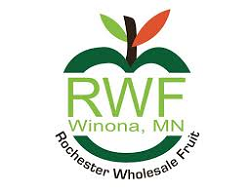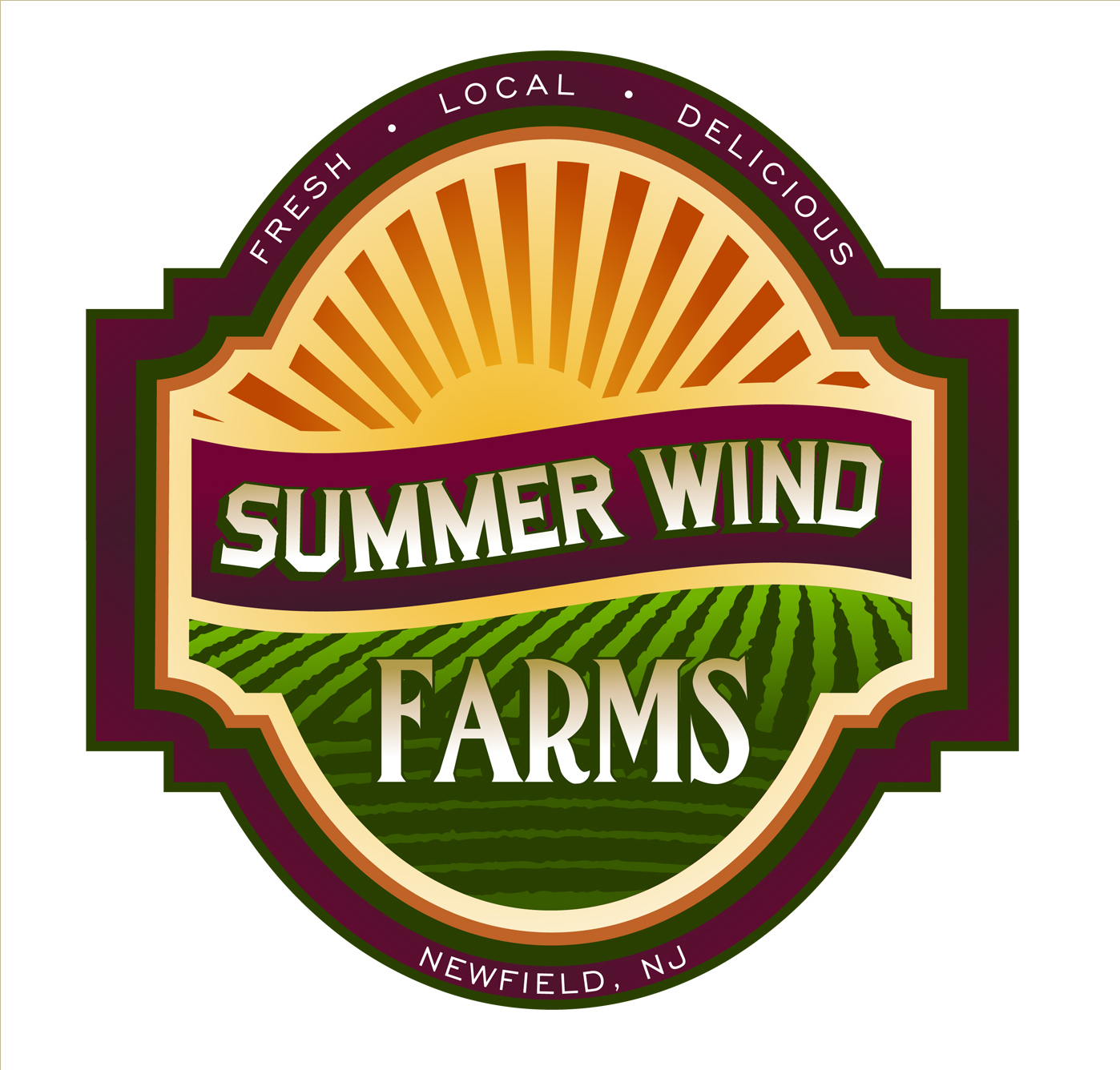Why do shoppers reach for one apple over another, or skip the produce altogether for a salty snack?
PRS In Vivo, a global research consultancy rooted in behavioral science, is helping brands and grocers understand the subconscious forces that influence buying decisions. The company says its Retail Lab, a scaled-down but fully functional replica of a supermarket, paired with mobile eye-tracking glasses and observational tools, gives brands a rare look at what catches a shopper's eye — and what actually ends up in the cart.
The Packer sat down with Patrick Young, managing director of PRS In Vivo, to learn more about the potential discoveries behind behavior and why people buy what they do.
Simulating the Supermarket
The Retail Lab was born from a problem, Young says, as traditional focus groups and surveys often failed to predict real-world success.
“When you test things in isolation away from the actual shopping experience, you don't always get the true behavior,” he says. So, the team built a mini-market to simulate the real thing.
Designed to resemble a city-center grocery store, the lab is fitted with cameras, flexible shelving and eye-tracking equipment. Participants wear glasses that record what products and packaging they notice, what they ignore and what they ultimately buy.
“It's essentially A/B testing in a live shopping scenario,” Young says. “We recreate a shelf, test a price point, layout or package design, and track how people respond — first behaviorally, then through follow-up questions.”

What They See Versus What They Buy
The behavioral findings often contradict what consumers say they'll do.
“You might look at one product, but buy another based on price or familiarity,” Young says.
This divergence between attention and action is where the lab excels. Follow-up interviews clarify whether shoppers were drawn in by color, brand recognition, placement or promotional language, he explains.
In produce-adjacent tests, PRS In Vivo has studied everything from bundling cross-category products like avocados, onions and chips, to package sustainability and layout strategies.
“Retailers are looking at bundling more online than in-store, but how to execute that in physical aisles, especially when items require different temperature zones, is something we help tackle,” Young says.
Fresh Insights for Fresh Produce
Though most of PRS In Vivo's work focuses on branded CPG items, they've conducted limited research in produce, especially branded fruits like kiwifruit. One key takeaway: Packaging must allow shoppers to assess quality easily.
“If they can't see the product, they may not trust it's fresh,” Young says.
Clear windows, cardboard designs that reduce bruising and resealable options have proven effective, especially as the category moves away from plastic.
Young thinks grocers can apply broader insights from the lab to produce merchandising.
“You can move it from an art to a science,” he says. “What's the right price point? What's the clearest signage? Are you using too many claims or colors? We help identify the ‘sweet spot' — what actually gets noticed and drives purchase.”
Produce Shopper Psychology
From a behavioral science standpoint, the biggest drivers of fresh produce purchases often happen below the surface.
“Familiarity is powerful,” Young says. “If you've bought it before, you'll likely buy it again.
“Emotional factors also play a big role: If it looks juicy, fresh or seasonal, it taps into desire,” he continues. ”Even ease — like how simple it is to pick up, understand or consume — makes a difference.”
Loss aversion also influences behavior.
“Limited-time offers or seasonal cues like ‘only available this month' can drive urgency,” he adds.
Even sustainability plays a subtle part. While shoppers say they prefer recyclable or compostable packaging, they're less likely to follow through if it costs more or requires extra effort.
“People want to do the right thing — if it's easy,” Young says.














